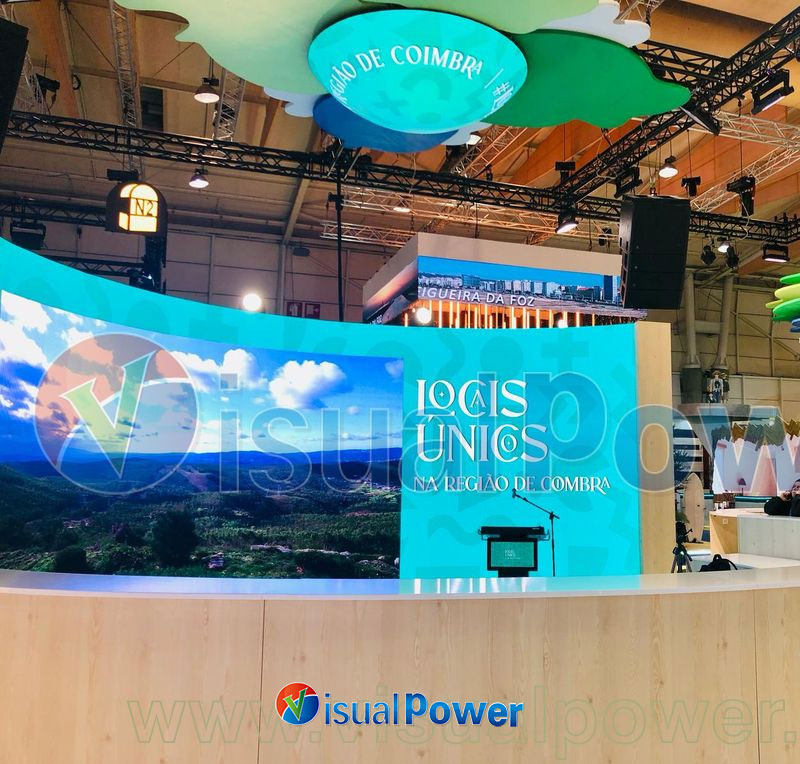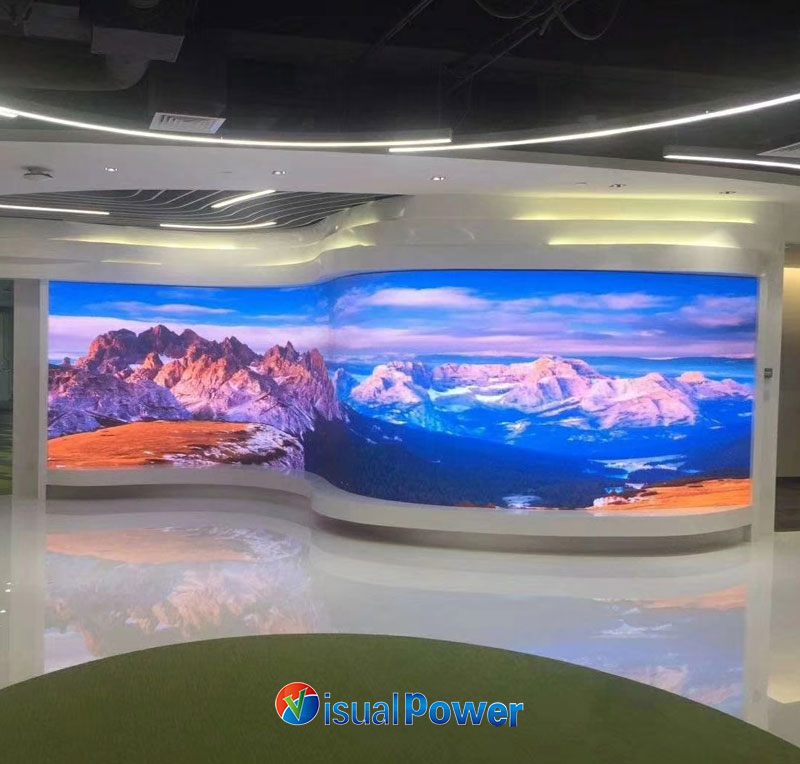Categories
- News (81)
- case study (6)
At half past six in the morning, I pushed open the worn glass door located in the corner of Seventh Avenue in Brooklyn. The air still carried the faintly salty smell coming off the Hudson. As a local New York shop owner, the two things I care about most are always attracting passers-by to stop and maintaining sustainable operations in this city that never sleeps. So, I turned my attention to the customized LED display screen – that glowing canvas that can tell stories to passers-by on the bustling street corner.

The foot-traffic density determines the exposure efficiency
In Midtown Manhattan, the average daily passenger flow at a street corner often exceeds 50,000 people. Customized LED display screens can be custom-fit to the storefront, perfectly filling odd-shaped gaps in a window or facade. The brightness is bright enough to punch through direct sunlight in the afternoon, and the colors stay easy on the eyes after dark. This makes it the best medium to attract the attention of fast-paced pedestrians.
Dual challenges of regulations and energy conservation
New York has a full slate of strict regulations for outdoor electronic advertising, not to mention the strict building-energy benchmarks under Local Law 97. The new generation of energy-saving driver chips (ICs) for customized LED display screens has reduced power consumption by nearly 30%. Adopting a programmable brightness curve is not only legal but also doesn’t scare you with the bill figures.
Different blocks, different tones
SoHo requires flexible screens to rise and fall along with the wavy glass, and every small Latin American supermarket in Queens prefers upright door lintels. Those standard sizes are obviously not flexible enough. Customized solutions allow for the pre-calculating frame load, the wiring method, and the maintenance passage during the design stage, avoiding the need to dismantle walls and make holes later.
Start by gauging the street vibe
The density of visual information on the streets of New York is extremely high – neon signs, delivery riders, and bus billboards are piled up layer upon layer. My experience is:
The viewing distance should be within 3 meters, and the pixel pitch should be controlled below 2.5mm.
For outdoor facades over 10 meters, the width can be relaxed to 6-8 mm.
The color temperature should match color temperature to the streetlights. Chinatown has a warmer tone, while the financial district has a cooler one.
Content rhythm = urban rhythm
New Yorkers walk fast. The screen cycles shouldn’t run longer than three seconds. During holidays or weekends, dial the refresh rate down to save power for extended night operations. My coffee shop retains only one line of copy after 2 a.m. : “Need a break?” “We’re open.” Simple, yet it can precisely hit the night returnee.
Three steps for hardware selection
· Driver IC: go for high refresh and low grayscale drop-off to avoid ripples when the phone is shooting.
· Mask material: UV-resistant polycarbonate is selected for outdoor use, and acrylic soft light board can be used for indoor use;
· Controller: dual-mode Wi-Fi/4G, making it convenient for me to update the menu at any time on the subway.

City permitting
Any electronic screen installed on the 50th Street of Times Square must go through the DOB permitting process. Submit the building elevation drawing, structural load calculation and light pollution assessment report, and allow six to eight weeks for review. Get ready early. Don’t wait until the eve of the opening to remember.
Installation window
In New York during winter, the wind is strong and big temperature swings, which makes the welding of steel structures susceptible to micro-cracks. I usually arrange outdoor installations from April to October to avoid extreme low temperatures. Indoor screens can be installed throughout the year, but it is necessary to pay attention to the business hours restrictions of the shopping mall during holidays.
Maintenance access
Many old buildings do not have post-maintenance space, so it is necessary to choose pre-maintenance modules. The magnetic-mount screws or quick-release snap-on can replace a single module within ten minutes without delaying business operations. The magnetic design of visualpower has been running in my store for two years with no hiccups to date – it’s worth writing in my memo.
Catering: Menu equals marketing
During the lunch rush hour, the dynamic menu scrolls out “Today’s Special Selection” to reduce queuing hesitation. During the Happy Hour in the evening, when switching to a cocktail video, the flow is smooth and the average ordering time is reduced by 15%.
Retail: The window display is an exhibition
The independent boutiques in SoHo will stick transparent LED panels on the inner layer of the glass. They are almost invisible during the day and start playing a rotation of new products when night falls. The screen caps brightness at about 1,200 cd/m², which not only complies with the regulations of the block but also allows pedestrians to stop and take pictures.
Art: The street corner is the stage
The gallery transformed from a converted-warehouse in Brooklyn often uses flexible leds for 90° inward folding to display digital artworks. As visitors walk past the screen’s corner, the picture generates different color blocks along with the movement, enhancing the interaction.
Public: Wayfinding as a service
The Queens Community Medical Center has integrated the consultation room queue numbers, real-time bus information and weather warnings into the long LED strips on the wall. The way-finding clarity shot up, and the number of inquiries has decreased by 30%.

Connect with IoT
The air quality sensors in the store upload data in real time. The LED screen can simultaneously indicate the density of customer flow and the level of carbon dioxide, reminding guests to open the door for ventilation. In the post-pandemic era, this is truly a user-friendly feature.
Energy conservation interacts with urban power grids
The power grid is tight during the hot summer period in New York. In the future, the screen can automatically reduce the brightness according to the time-of-use electricity price curve of Con Edison, which not only saves electricity but also conforms to the sustainable goals.
Content co-creation
More than a dozen independent bookstores in our neighborhood are planning to sync poetry lines to their LED screens at their respective entrances via the cloud during the Night Reading Festival. Walking three streets, one can read an entire poem – this is the romance of the city.
Running a business in New York is a daily survival game. Customized LED display screens are not a lifeline, but they are like a trusty Swiss Army knife—able to carve out its own niche on the information-rich streets without leaving a heavy burden on the account books. As long as you have a clear understanding of regulations, energy conservation and maintenance, and then choose a reliable technical partner, such as visualpower, which I have worked with, that ‘multi-tool’ stays sharp. The city keeps buzzing, and our little shop quietly waits for the next passerby in the play of lights and shadows.
— From the owner of that unremarkable small shop at the corner of Seventh Avenue